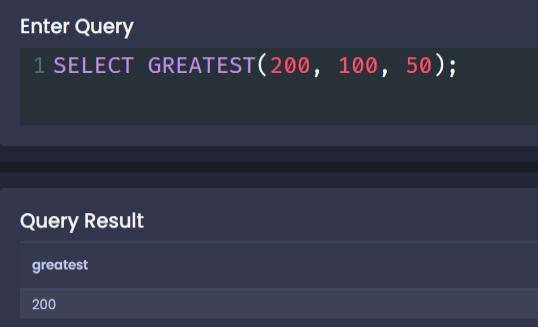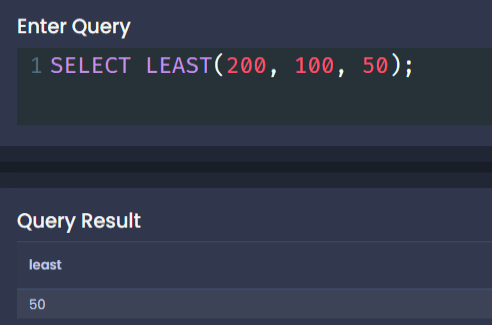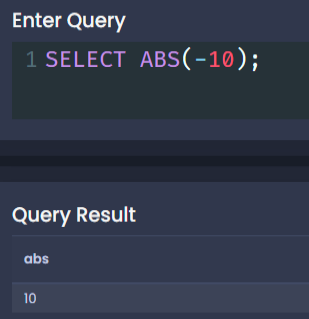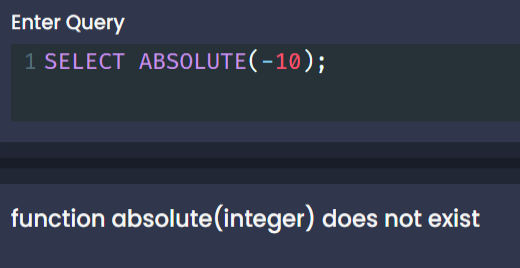
🔹 GREATEST(): Function
Returns the largest value from a list of expressions within a row.
✅ Usage:
📌 In a query:
Use
GREATESTwhen you're comparing multiple values in the same row.
🔹 MAX(): Aggregate Function
Returns the maximum value of a column across multiple rows.
✅ Usage:
📌 In a grouped query:
Use
MAXwhen you're looking for the maximum value across rows.



📘 Where is ABSOLUTE used?
ABSOLUTE is used in one specific SQL syntax: positioning cursors in scrollable cursors.
Example:
MOVE ABSOLUTE 3 FROM my_cursor;
This moves the cursor to the third row from the beginning of the result set.
🧪 Example: Using MOVE ABSOLUTE with a Cursor
Let’s walk through a step-by-step example using a table and a cursor.
1. Create a sample table:
CREATE TABLE employees ( id SERIAL PRIMARY KEY, name TEXT ); INSERT INTO employees (name) VALUES ('Alice'), ('Bob'), ('Charlie'), ('Diana'), ('Edward');
2. Open a cursor:
BEGIN; -- Declare a scrollable cursor DECLARE emp_cursor SCROLL CURSOR FOR SELECT * FROM employees ORDER BY id;
3. Move the cursor to a specific row using ABSOLUTE:
-- Move to the 3rd row in the result set MOVE ABSOLUTE 3 FROM emp_cursor;
-
This positions the cursor at the 3rd row (
Charlie).
You can then fetch the row:
FETCH FROM emp_cursor;
This will return:
id | name ----+--------- 3 | Charlie
4. Close the cursor:
CLOSE emp_cursor; COMMIT;
📌 Notes:
-
MOVE ABSOLUTE n: Moves to the nth row (1-based index).ncan be negative to count from the end. -
MOVE ABSOLUTE 0: Positions the cursor before the first row (you'd need toFETCH NEXTafter that to get the first row).




 浙公网安备 33010602011771号
浙公网安备 33010602011771号